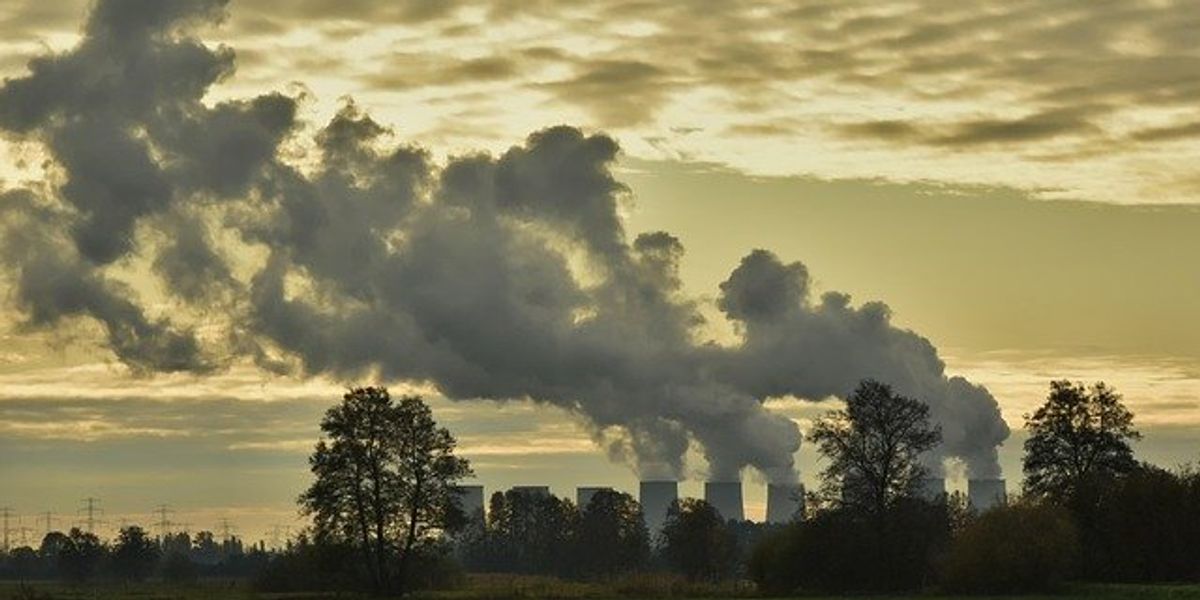
Carbon dioxide hits new record as global emissions push May levels past 430 ppm
Atmospheric carbon dioxide concentrations surged to a record high in May, crossing a seasonal threshold of 430 parts per million for the first time in recorded history.
Sharon Udasin reports for The Hill.
In short:
- Carbon dioxide levels at the National Oceanic and Atmospheric Administration's Mauna Loa Observatory reached 430.2 ppm in May, up from 426.7 ppm a year earlier.
- Scientists say rising CO2 acts like a thermal blanket, intensifying heatwaves, shifting weather, and altering ocean chemistry.
- While the Northern Hemisphere hit this milestone, Southern Hemisphere readings have yet to surpass 430 ppm, reflecting regional variation.
Key quote:
“Another year, another record. It’s sad.”
— Ralph Keeling, director of the Scripps CO₂ Program
Why this matters:
Carbon dioxide is the most abundant human-generated greenhouse gas, and its steady accumulation in the atmosphere signals deeper entrenchment of global warming. Higher concentrations trap more heat, raise global temperatures, and supercharge extreme weather like floods, droughts, and wildfires. Oceans absorb roughly a quarter of CO₂ emissions, leading to acidification that erodes coral reefs and threatens shellfish populations, with cascading effects on marine ecosystems and food security. The steady uptick in global CO₂ levels, even in the face of climate pledges and renewable energy expansion, reflects the stubborn growth of fossil fuel use and underscores the urgency of emissions tracking and accountability.
Related: New methods aim to enhance the ocean's ability to capture carbon dioxide












